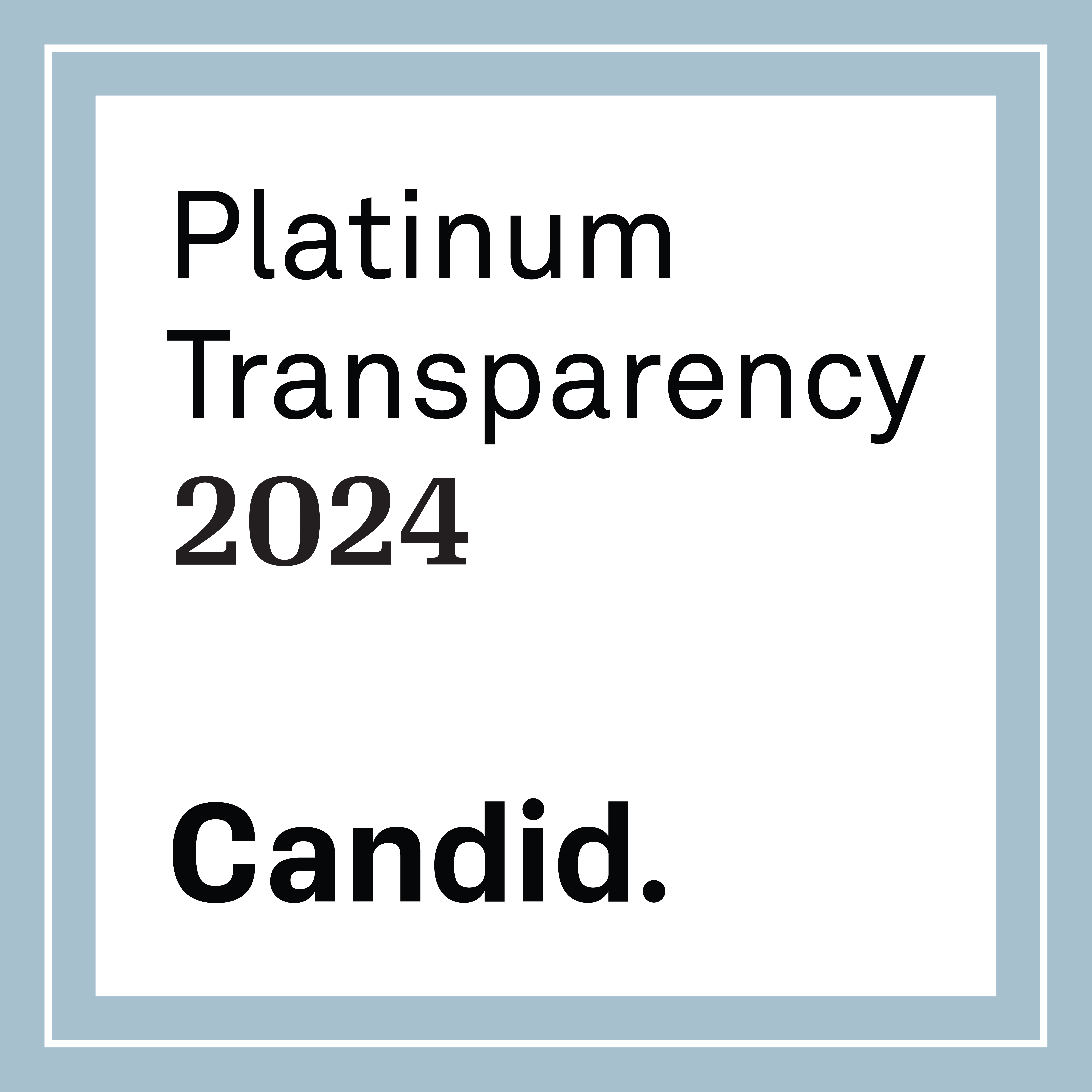Meeting Basic Needs
Communities that face food insecurity and lack close access to water are incredibly vulnerable – especially children. When a community does not have close access to clean water, children are sent to make long trips alone to collect water. Traffickers lurk on these routes. These long trips prevent children from going to school, jeopardizing their future. Food insecurity and dirty water create health problems for children and rob them of the necessary nutrients for growing a healthy body.
A child’s world is secure when their basic needs are met. Providing nutritious food to children and their families secures them from traffickers who would try and exploit their food insecurity. Safe access to clean drinking water keeps children safe within their community.
Combating Child Isolation
Education
Education helps to break the cycle of poverty and trafficking in at-risk communities. This means providing education to community leaders, parents, and children. Educating community leaders and parents focuses on providing them with resources and training, empowering them to see the needs of those at-risk in their community and know what steps to take to meet them.
For children, education is a pivotal part of securing their lives and the future of their community. Through education, children gain the tools they need to fight poverty and disease and protect themselves from people who wish to harm them, like traffickers. Education opens doors for a child’s future. School is where children learn about health and safety and where they can develop safe habits that keep them secure from traffickers. Education breaks the cycle of poverty by allowing children to grow into responsible adults and leaders, while the parents and leaders of today are empowered to be the difference makers for their communities.
Mentorship
A strong community is one with strong leaders. Mentorship goes hand in hand with education in securing a community from trafficking. At-risk children need their education, and they need trustworthy adults around them to encourage them in their aspirations for the future. Mentorship goes beyond the classroom to impact the lives and well-being of children. Mentorship ensures that children get the support they need to develop essential social and emotional skills that aid in their future.
Meeting basic needs, combating childhood isolation, and providing education and mentorship are necessary components to securing a community long-term. Local Care Networks are vital to providing these needs to their communities to create sustainable impact. Securing a community from traffickers is one of the most effective ways to fight – and end – human trafficking.






